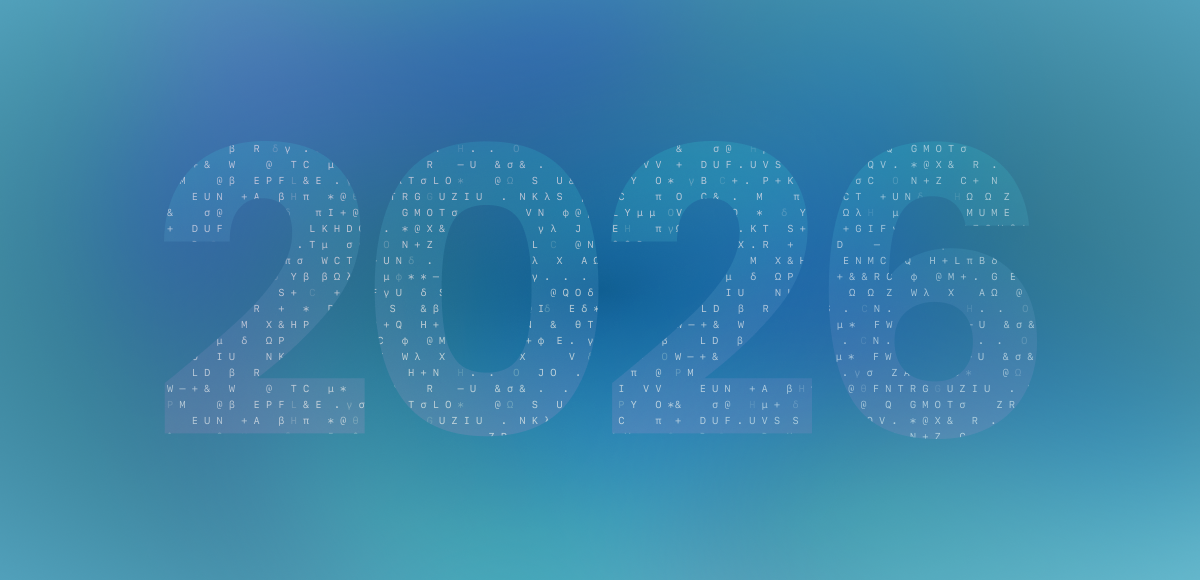AI is Rewriting the Attention Economy, Advertisers are at Risk of Getting Sidelined
By Asaf Shamly | September 10, 2025

Earlier this month, AI search startup Perplexity unveiled a new revenue-sharing model for publishers. The premise: if your content is referenced in an answer delivered to a paying user, you get a cut of the platform’s subscription revenue.
Specifically, 80% of the profits from its $5/month Comet Plus plan will go to publishers enrolled in the program – allocated proportionally based on how often their content appears in subscriber-facing responses.
Notably, clicks aren’t required.
The publisher gets compensated as long as the link is cited – even if the user never leaves Perplexity.
It’s a 180 from the opportunistic approach that’s dominated AI so far, where tools scrape web content, summarize it, and rarely credit – let alone pay – the source.
And it’s being positioned as a more ethical way forward.
But scratch a little deeper, and a few questions emerge:
– Who decides what qualifies as a “citation”?
– How is publisher share calculated – is it volume of appearances? Engagement time? Session length?
– Can a system built on summarization really represent a brand, tone, or context accurately?
– And if your brand is cited – how will you know what the user actually saw? Or where you stand competitively?
The risk is clear: even if publishers are being included, they’re still operating within someone else’s logic – and the same goes for advertisers.
When AI platforms define what counts as visibility, whose content gets featured, and which signals matter most, they’re shaping both how publishers get paid and eventually – how brands get seen.
Cloudflare is also drawing a line – and it’s more than symbolic
At nearly the same time, Cloudflare quietly launched a different kind of disruption: a new “pay-per-crawl” model that charges AI companies for accessing web content.
The logic is actually quite blunt:
AI companies are building multi-billion dollar businesses using public web content – and that comes with a cost.
For years, bots like OpenAI’s GPTBot and Perplexity’s PerplexityBot crawled freely across the internet, indexing content to train models and fuel responses. The infrastructure costs – bandwidth, storage, load handling – were borne by publishers, not platforms.
Now, Cloudflare is changing the default. Instead of assuming free access, they’ve created the infrastructure for publishers to charge crawlers directly – or block them entirely.
What looks like a developer-side policy shift is actually something bigger:
a turning point in the economics of AI-powered visibility.
Crawling is no longer neutral.
And AI companies can’t treat publisher data as a free public utility.
These are signals of a deeper shift.
Together, the Perplexity and Cloudflare announcements signal a new phase in the relationship between AI platforms, publishers, and the broader attention economy.
– Perplexity is trying to retrofit compensation into a system built on summarization.
– Cloudflare is demanding payment at the point of access, instead of after the fact.
– Both reflect growing pressure to move beyond “link and leave” logic – where platforms collect content, synthesize it, and keep users in their own walled experience.
This is a world where citations become currency, attribution is invisible, and platforms own the interface through which meaning is made.
And when AI platforms shape what content is gathered, priced, and surfaced – the logic of discovery changes for everyone involved in the ad economy.
The illusion of compensation without context
The big idea behind Perplexity’s model is that publishers shouldn’t have to depend on clicks to get paid.
And in parallel, Cloudflare’s model flips the default on AI access – making sure that when platforms crawl, someone gets paid.
In theory, both shifts are overdue.
AI interfaces do displace traffic. They reroute discovery. And visibility should carry value.
But for advertisers, that redefinition comes with a tradeoff:
If citations replace clicks, if presence gets treated as proof of performance – what does exposure really mean?
What are we optimizing for?
Because when AI interfaces start defining value based on how often something is referenced – not how it performs in the real world – it rewires the signals we optimize toward.
If visibility becomes a proxy for relevance, and interfaces summarize instead of send, the traditional feedback loops between content, context, and brand impact start to break down.
And that creates risk both for publishers, and for advertisers trying to understand what their media is really doing.
The push to compensate publishers is a necessary step – but it’s not the finish line.
Because what’s being redefined here is beyond how publishers get paid.
It’s how visibility itself is calculated – and how easily advertisers can be misled by the surface.
Until platforms offer:
– Clarity into how content is chosen
– Control over how it’s represented
– Signals that reflect actual behavior, not assumptions
…performance will be based on inference, not insight.
And that’s a risk advertisers can’t afford.
The problem is what these payout models expose:
A future where platforms summarize the web and define the metrics, the brands with direct access to real user behavior – across sessions, layouts, and attention patterns – will hold the power.
When visibility becomes a black box, only those who understand the underlying signals will stay competitive.
In this next phase of the attention economy, clarity and data become a moat.
Latest Articles
-

What the RSL Standard Signals About the Future of Visibility in 2026
When Reddit, Yahoo, Medium, and several of the web’s biggest content platforms announced a new Really Simple Licensing (RSL) standard, most coverage focused on the politics: platforms finally demanding compensation from AI companies; a new legal framework for training data; the good old open-web fight. But if you take one step back, something bigger comes into focus. For the first time, publishers are trying to engineer visibility - not for users, but for AI agents. And advertisers should be paying attention.
View Now -

When the Pipes Change, So Do the Rules: What OpenAds and AdCP Signal for Advertisers
Programmatic’s foundations are shifting. As control moves closer to publishers and planning logic becomes more open and inspectable, two developments - OpenAds and AdCP - are redefining how ad decisions are made. Together, they signal a new era where fewer intermediaries, clearer signals, and transparent coordination reshape the rules for advertisers.
View Now -

When AI Becomes the Storefront, Advertisers Need to See Beyond the Chat Window
ChatGPT Shopping quietly introduced a massive shift: AI is becoming the new storefront. Discovery, comparison, and checkout now happen inside a single conversation - no website required. For advertisers, this means visibility depends on how well their message can be interpreted, ranked, and surfaced by AI systems that control attention.
View Now
